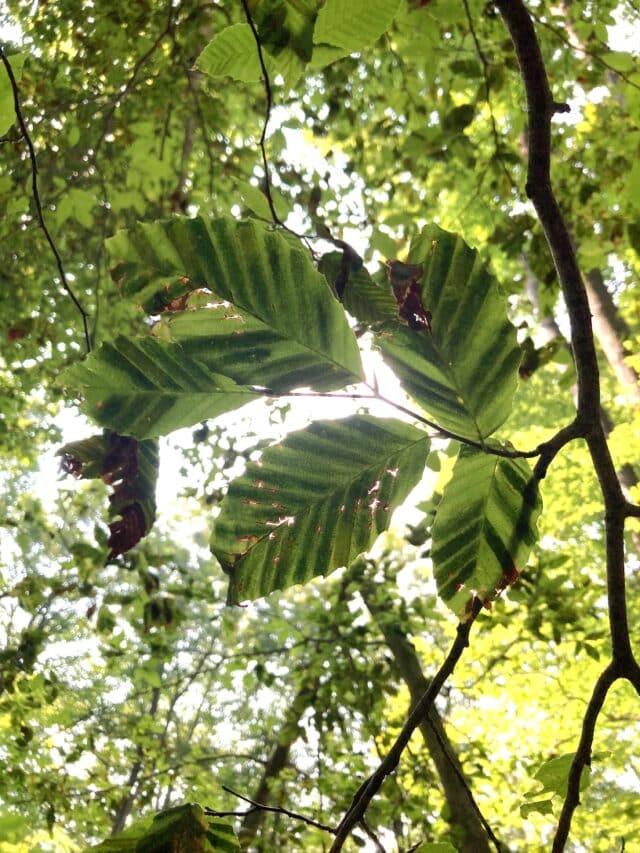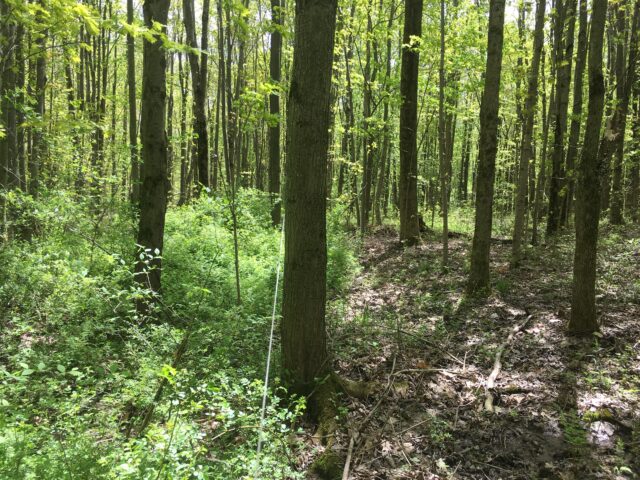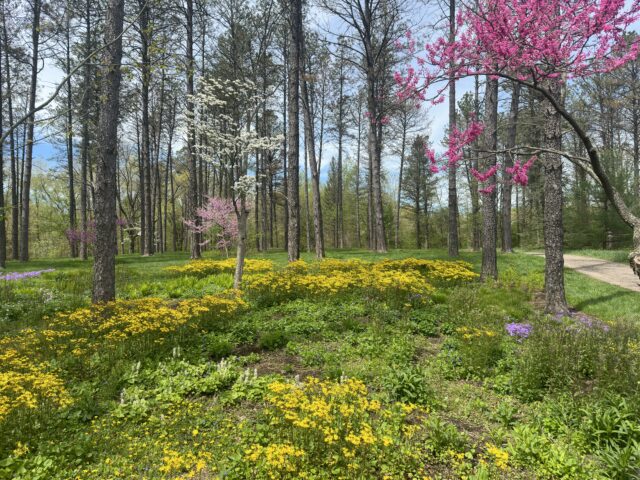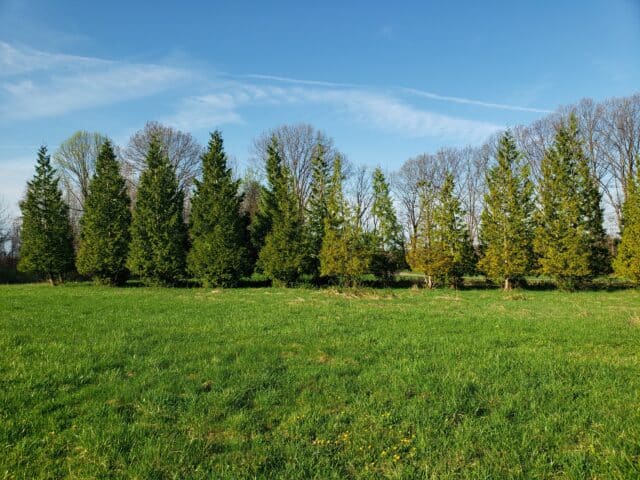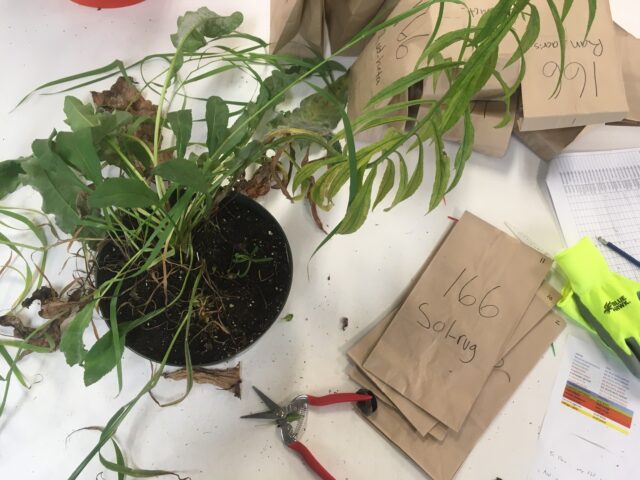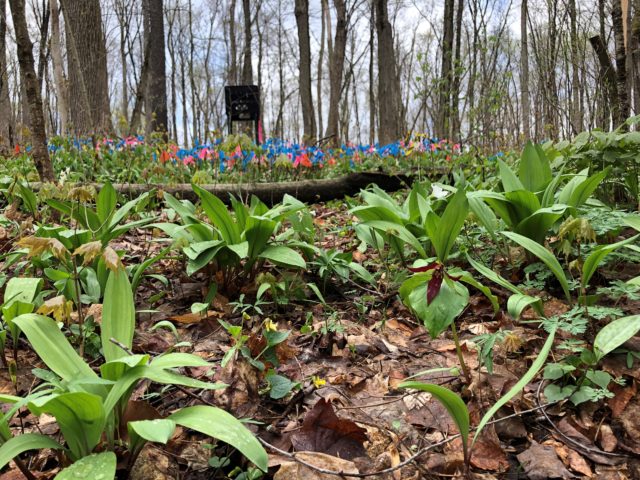
At Holden Forests & Gardens, we’re pretty excited about trees. And, we’ve got a lot of them! In addition to the thousands of trees in our gardens and collections, the arboretum campus is also home to several thousand acres of forest. These forests range from remnant old growth stands, to young forests recovering following decades of agriculture. They provide both critical habitat as well as outdoor living laboratories in which we conduct research to better understand the natural world.
Caring for so much forested land is a big responsibility, and not one we take lightly at HF&G. In fact, we have a team of dedicated conservation practitioners committed to keeping these forests healthy. Holden’s Conservation Department works hard removing nonnative plants from our forests, treating our trees for emerging forests pests, planting new trees into natural areas, and so much more. At the same time, scientists in Holden’s Research Department conduct research to both understand how these forests function, as well as how they respond to the care they receive. Can proper management speed up how quickly our trees grow? Can it increase the number of species our forests harbor? The answers to these questions help us tailor our approach to managing our own forests, but also constitute new knowledge that we can share with land managers and scientists, alike, to promote effective land management practices broadly.
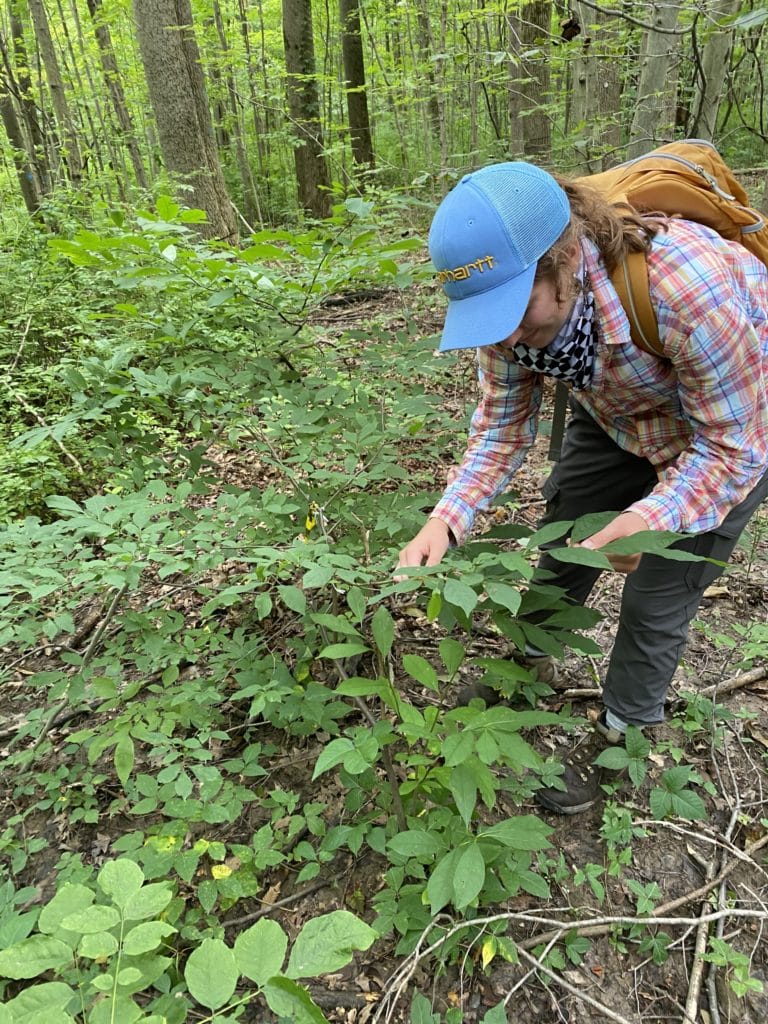
Holden’s Working Woods Learning Forest is one such place where the Conservation and Research Departments have teamed up to understand how to best support healthy forests in Northeast Ohio, and beyond. A display of several natural forest management strategies in action, Working Woods is a space where we are managing our own forests to be healthy and resilient, while simultaneously measuring the impacts of that management, and sharing this knowledge with the public.
We also use Working Woods as a training ground for the next generation of land managers and scientists. New Cleveland State University graduate student, Zoe Swaidner, is working with Holden scientists and conservation practitioners, along with CSU faculty, to understand how we can effectively add trees back into the forest following timber harvest. Zoe (with the help of Holden’s dedicated volunteers and staff) has measured over 200 seedlings (including 69 blight-resistant chestnut hybrids). These seedlings will be used to fill in several gaps in the forest, accelerating the pace of forest recovery. In addition to promoting increased health and resilience in this forest, scientists will be collecting data to better understand the factors promoting successful establishment of new trees as a key component of forest restoration. This work continues Holden’s tradition of caring for healthy and resilient forests at home, while supporting the generation of new knowledge needed to promote resilient forests beyond our borders.
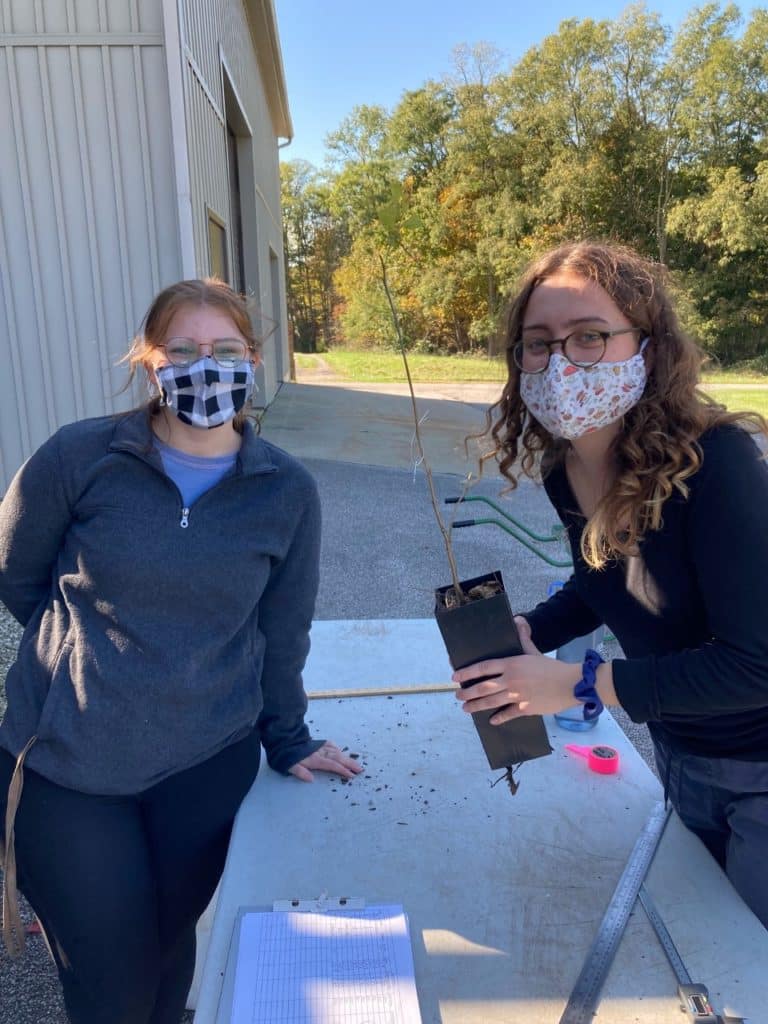


Katie Stuble, PhD
Director of Research
Plant Biologist & Director of Research Katie Stuble has a Bachelor of Arts from St. Mary's College of Maryland. She earned her Master's in Ecology at the University of Georgia and a Ph.D in Ecology and Evolutionary Biology from the University of Tennessee. She took her position as a research scientist at Holden Forests & Gardens in 2016.

